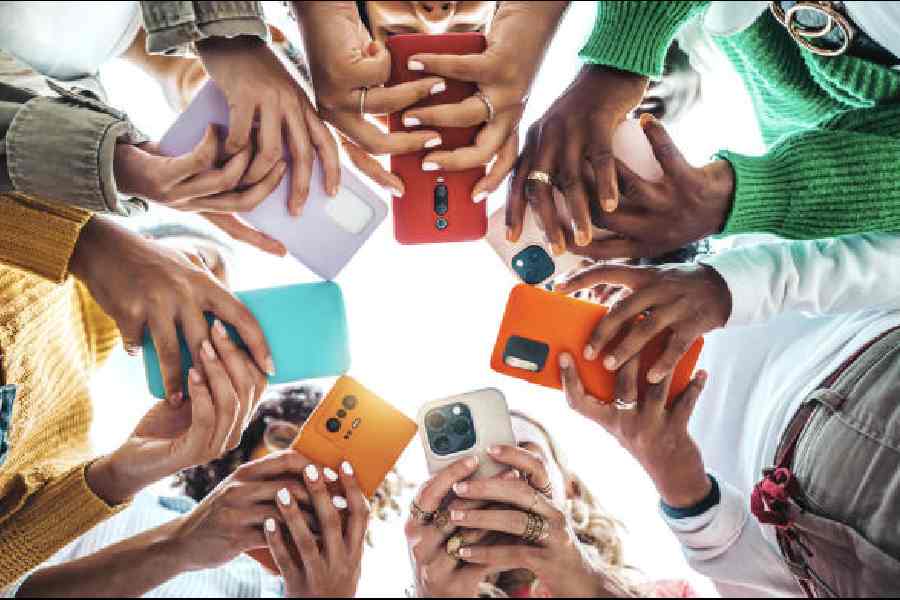When iPhone users text other iPhones users, the messages appear blue and can tap into exclusive perks like fun emojis and animations. If an iPhone user texts an Android user, the bubble turns green, many features break, and photo and video quality deteriorates.
It created a deeper sociological divide between people who judged one another by their phones.
Now part of this problem will soon be addressed.
Apple announced that it would improve the technology used to send texts between iPhone and Android users, starting next year, by adopting a standard that Google and others integrated into their messaging apps years ago. Texts sent between iPhones and Androids will remain green, but images and videos will look higher quality and security features like encryption may eventually arrive.
But that’s where the good news ends. The bubble culture war is far from over.
On dating apps, green-bubble users are often rejected by the blues. Adults with iPhones have been known to privately snicker to one another when a green bubble taints a group chat. In schools, a green bubble is an invitation for mockery and exclusion by children with iPhones, according to Common Sense Media, which focuses on technology’s impact on families.
“This green-versus-blue issue is a form of cyberbullying,” said Jim Steyer of Common Sense, which works with schools that have shared stories about tensions among children using messaging apps.
Go beyond defaults
Whatever tech comes loaded on a device is what the vast majority of people are likely to use, because it requires the least amount of effort.
Yet we have options. Third-party messaging apps such as WhatsApp and Signal have bridged the gap between iPhones and Androids for years. They link user accounts to phone numbers, which makes contacting people similar to using a standard text messaging app. These apps also include features like encryption, support for group chats, the ability to send high-resolution photos and videos — and fun emojis and stickers.
So the next time you exchange numbers with someone on a different platform, consider asking about an alternate messaging app. This could be a tall order for some. In that case, lend them a hand with setting up their phones. Most Android phones, for example, can be modified to automatically send and receive all messages from a third-party app.
There are other avenues too. Plenty of younger people congregate on apps such as Discord, Snapchat and Instagram, which have messaging abilities that work consistently between different types of phones.
Drop the elitism
In a popular meme on TikTok and YouTube, a man poses a question to random women on the street: “He’s a 10, but he has an Android phone. What’s his new rating?” Most women respond with “1” or “0” and make comments along the lines of “The green bubble, not good — it’s, like, cheap.”
It’s true Android phones are more affordable as companies make a wider range of them. But the top-selling Android phone brand, Samsung, makes flagship Galaxy phones that cost $800 to $1,100, or roughly the same as Apple’s iPhones.
There’s also no evidence that everyone buying iPhones is wealthy. One in five Americans believes that a new iPhone is worth going into debt for, says a survey.
Set an example
In social gatherings, plenty of adults still fuss about the colours of bubbles. When a text conversation turns green, not only do photos and videos look terrible but fun features like adding stickers to messages no longer work properly, and it becomes impossible to leave a group chat.
These complaints can influence our children to behave in more negative ways, Steyer said. For several years, teenagers with Android phones have shared stories about converting to iPhones because they were being left out of iMessage group chats about homework and other activities.
The onus is on adults to demonstrate to children that many of these tech issues can be addressed — and to remind them that a person’s phone is just a phone, not much more.
“Rise above this — show some maturity here,” Steyer said. “You don’t want to bully or shame other people over the colour of their bubble or the type of their phone.
NYTNS











